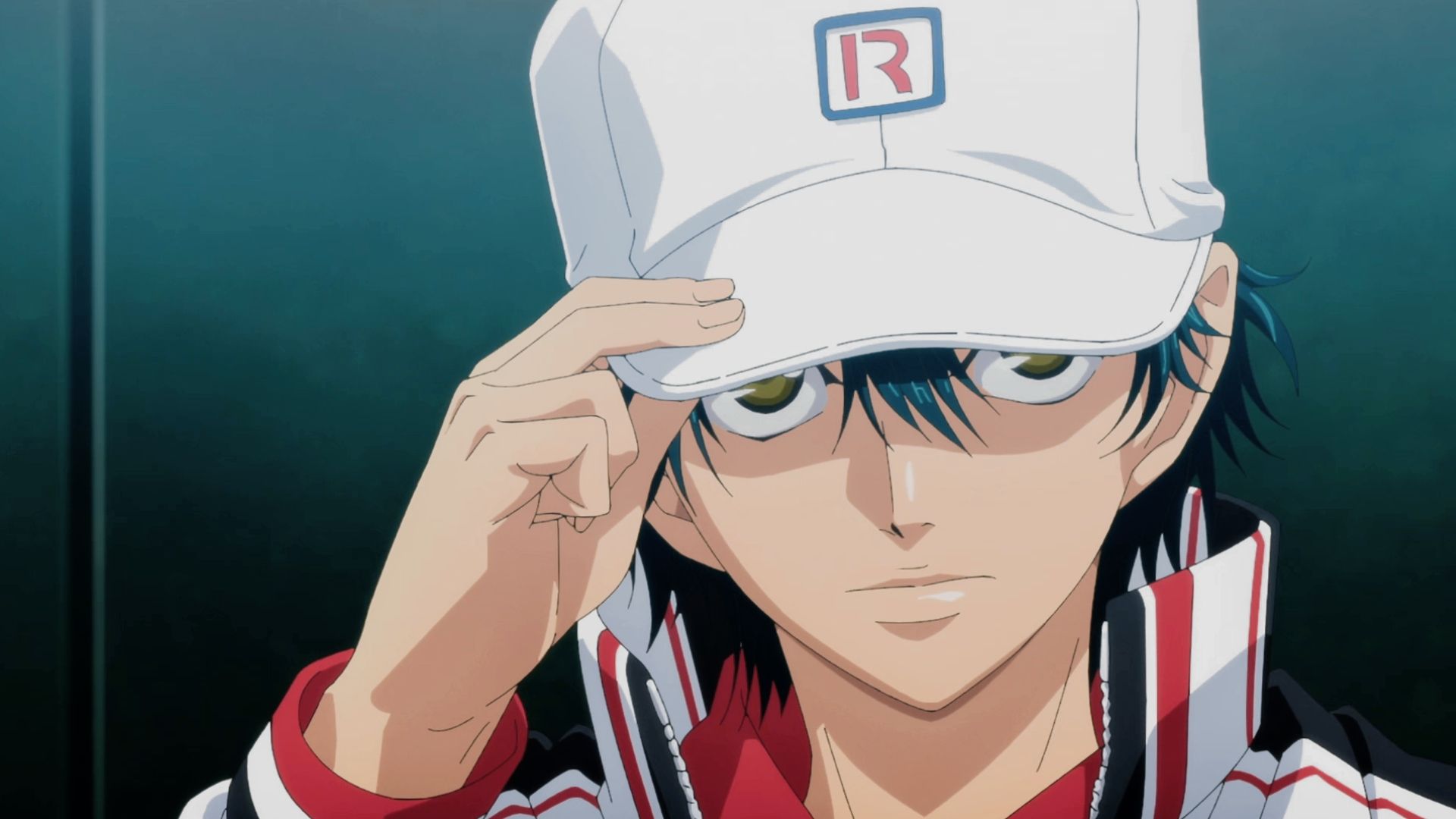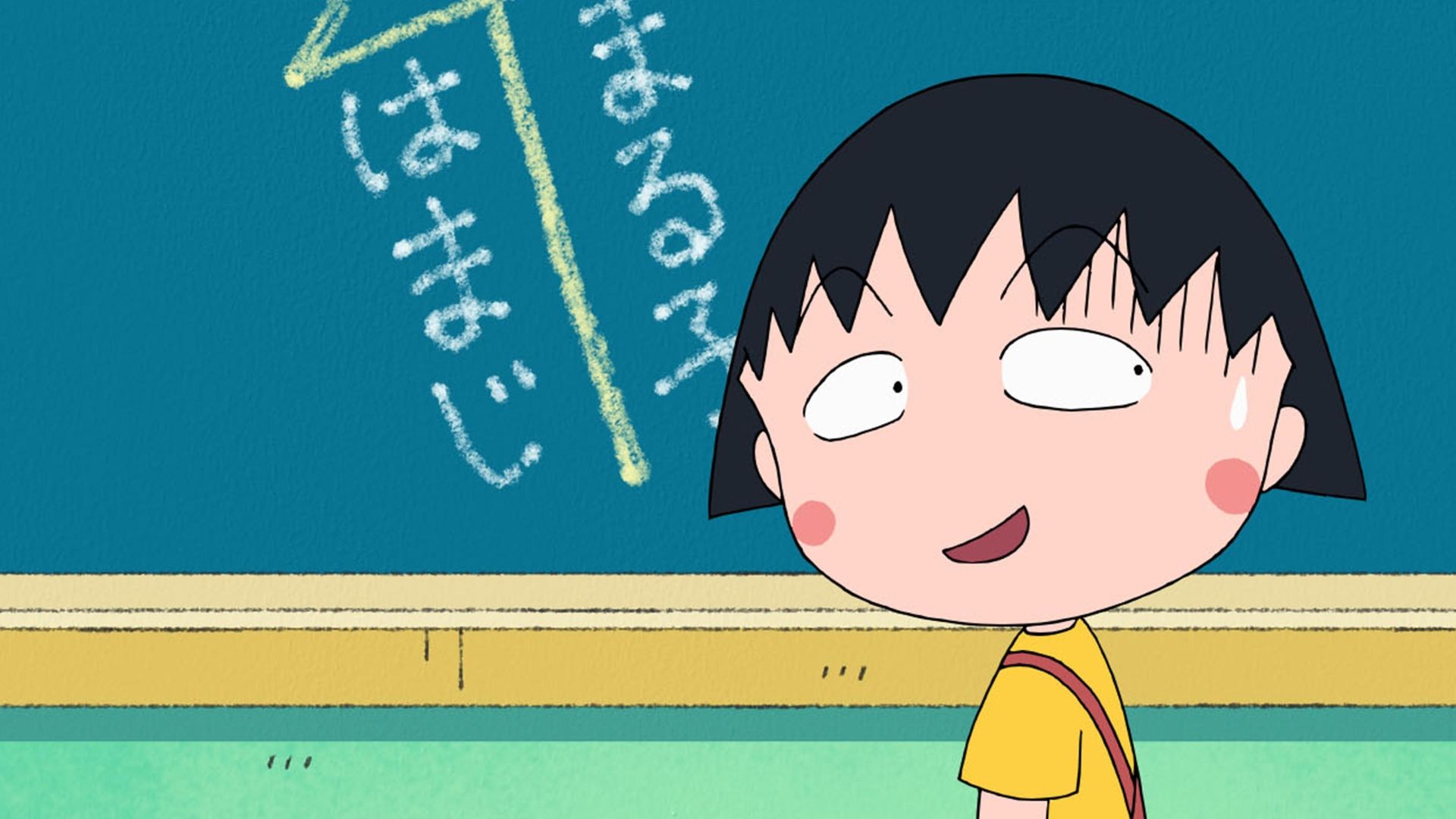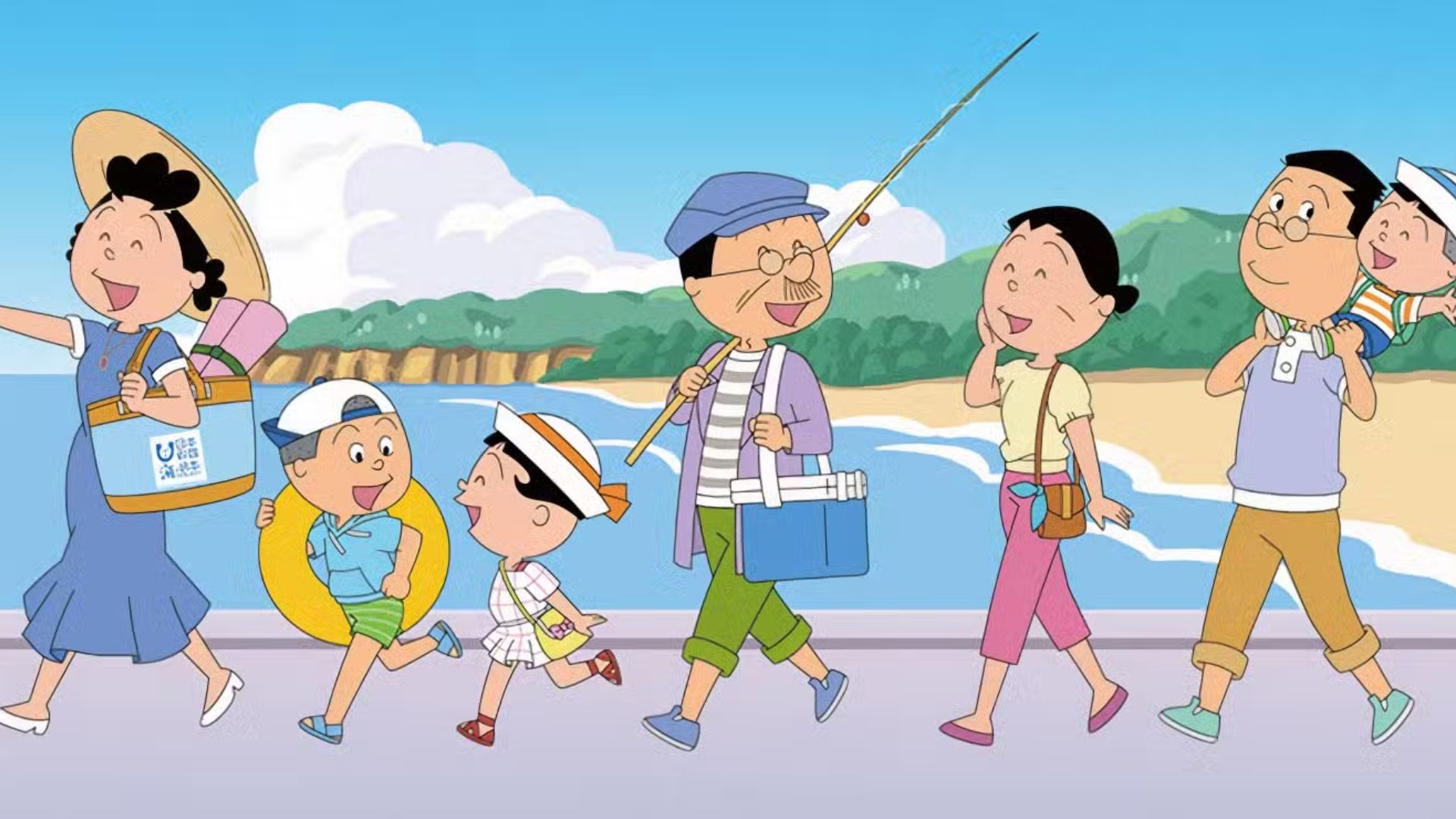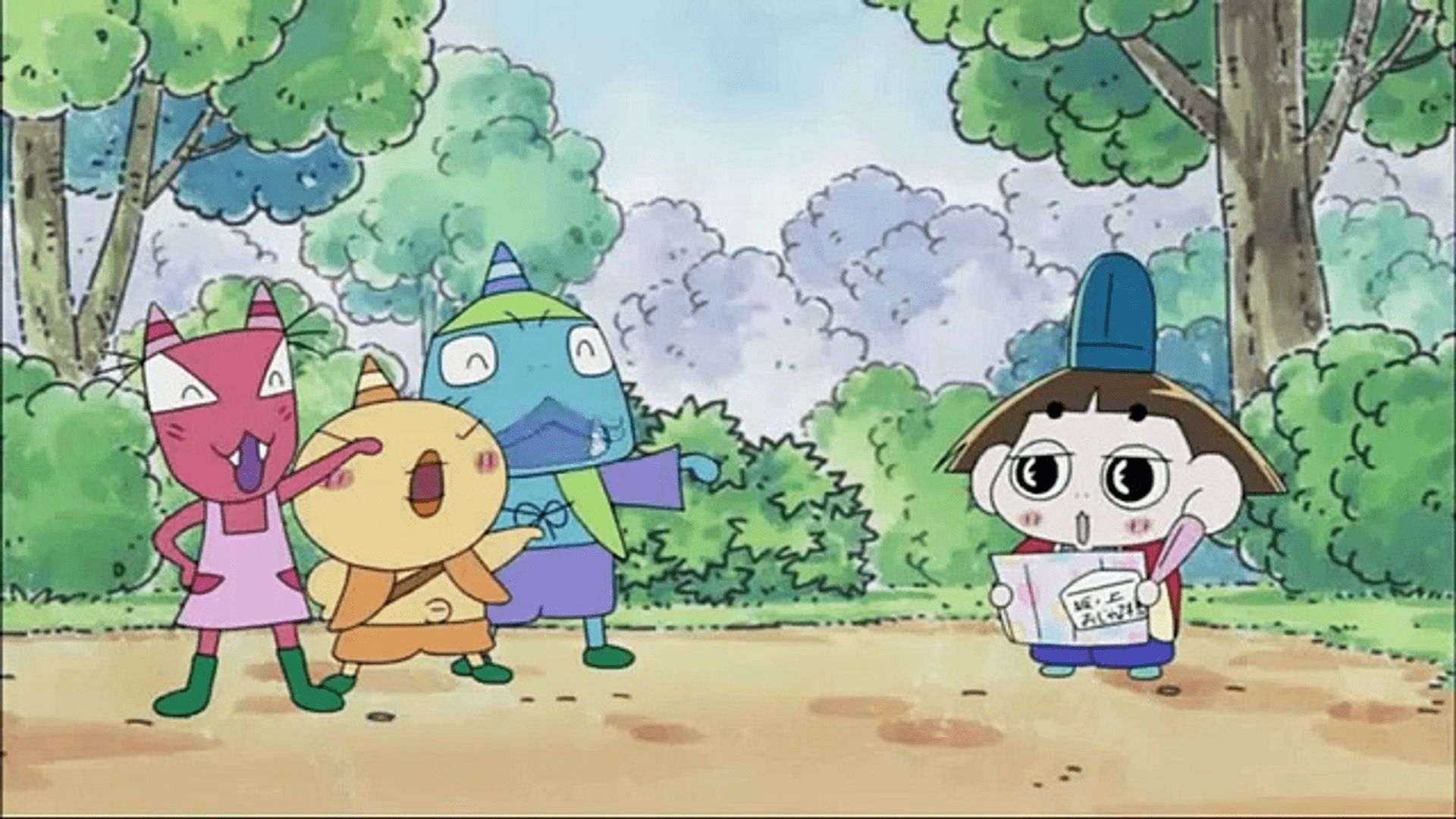
Anime fans often enjoy discovering lesser-known series – whether they’re old, hard-to-find OVAs or short-lived shows that never got translated into English. But while searching for these hidden gems, it’s easy to overlook the anime that were hugely popular in Japan itself. Before streaming services, Japan had many anime that topped the ratings, sold tons of merchandise, and became deeply ingrained in the culture. Surprisingly, a lot of these hits never became well-known in other parts of the world.
Saying “never heard of” might seem like an exaggeration, but it’s often true. These aren’t obscure or short-lived anime; they’re actually popular series that have run for a long time. Surprisingly, many American anime fans, even dedicated ones, wouldn’t recognize them. The reasons vary – some were made for children, others for families, and a few were just too rooted in Japanese culture to easily translate for Western audiences, which is why they haven’t become well-known here.
Here are 10 mega-popular anime that Americans have never heard of.
‘Chibi Maruko-chan’ (1990 – Present)

Fuji TV
Chibi Maruko-chan is a charming anime set in 1970s Japan that follows the everyday life of Maruko, a playful and realistic third-grader. She lives with her whole family and experiences the ups and downs of school and friendships with a lot of heart and humor. Each episode is a self-contained story, and the series features memorable friends like Maruo and Hanawa who make Maruko’s world come alive.
The anime’s comedy comes from carefully watching people and how characters interact, often making light of family life and the embarrassing moments of being a kid. Based on Momoko Sakura’s own life story in manga form, Chibi Maruko-chan first aired in 1990 and has been a regular part of Sunday evenings in Japan ever since. It’s become a cultural landmark, loved for its comforting, nostalgic feel and its relatable portrayal of the awkwardness of childhood.
‘GeGeGe no Kitarō’ (1968 – Present)

Fuji TV
GeGeGe no Kitarō follows Kitarō, a one-eyed boy from the world of spirits, as he defends humans from dangerous yōkai – creatures from Japanese folklore. He’s assisted by his father, who is literally an eyeball, and a group of unusual friends. The anime combines spooky stories with important life lessons, often focusing on issues like selfishness, prejudice, and being afraid of what we don’t understand.
Since 1968, GeGeGe no Kitarō has been adapted into anime seven times. Each new version refreshes the story’s setting and mood while staying true to its original mythology. Created by Shigeru Mizuki, the series is famous for introducing many people in Japan to the world of yōkai. It’s become a large franchise, including manga, anime, live-action movies, and even a museum. The main character, Kitarō, is calm and enigmatic, serving as a connection between the human world and the spirit realm.
‘Touch’ (1985 – 1987)

Fuji TV
Tatsuya and Kazuya Uesugi are twin brothers who both have feelings for their childhood friend, Minami Asakura, who lives nearby. Kazuya is popular and successful – a star athlete and excellent student – while Tatsuya appears more relaxed and doesn’t seem to try as hard, secretly possessing hidden abilities. When an accident threatens Minami’s baseball dreams, Tatsuya is forced to emerge from his brother’s shadow and take on the responsibility of supporting her, dealing with sadness, and facing his own romantic feelings.
Originally broadcast on Fuji TV from 1985 to 1987, Touch was incredibly popular, frequently attracting over 30% of viewers for its most important episodes. While starting as a lighthearted romantic comedy, the series evolves into a moving story about growing up, blending exciting sports action with heartfelt emotion over its 101 episodes. The animation by Group TAC helps keep the story realistic, and the main character Tatsuya’s journey from a carefree slacker to a determined hero is particularly compelling.
‘Pretty Cure’ (2004 – Present)

Toei Animation
The Pretty Cure series began with Futari wa Pretty Cure, which follows two middle school girls, Nagisa and Honoka, who are tasked with defending Earth from a mysterious threat called the Dark Zone. The show blends classic magical girl elements with exciting, fast-paced action, highlighting the power of friendship and featuring impressive transformations and magical attacks.
With each new season, Pretty Cure introduces fresh heroes and villains, featuring a changing group of young women who battle evil as they navigate the challenges of growing up. Since it first aired in 2004, the series has produced over 900 episodes across more than 20 seasons, plus over 30 movies. Created by Toei Animation and shown on TV Asahi, it’s become a Sunday morning tradition for many viewers, often airing alongside Kamen Rider and Super Sentai. While an English-language adaptation called Glitter Force was made, it only captured a small part of what makes the original series special.
‘Mazinger Z’ (1972 – 1974)

Mazinger Z
Mazinger Z tells the story of Koji Kabuto, who receives a powerful robot called Mazinger Z after his grandfather, a brilliant scientist, passes away. The robot was built to fight Dr. Hell and his army of mechanical monsters. Koji controls Mazinger Z from inside its head, and together they face a series of strange and terrifying enemies. Mazinger Z is not only a powerful weapon, but also a testament to human innovation.
Mazinger Z was a game-changer for anime. When it originally aired between 1972 and 1974, with a total of 92 episodes, it essentially created the modern giant robot genre. It pioneered the idea of a robot controlled by a pilot, a concept that heavily influenced later hits like Gundam and Evangelion. While the animation looks a bit old-fashioned now, it still has a lot of energy, and the villains are truly memorable. Unfortunately, Mazinger Z wasn’t widely released in the United States, so it remains a largely unknown legend to most American anime fans.
‘Sazae-san’ (1969 – Present)

Fuji TV
Sazae-san is a heartwarming anime that follows the daily life of Sazae Fuguta, a lively housewife in Tokyo, and her large family. Each episode features three short stories about ordinary events – things like going shopping, typical family disagreements, and local news. What makes the show so appealing is its simplicity; it’s a realistic portrayal of everyday life and traditional Japanese culture, without any fantastical elements or action.
Since it began in 1969, Sazae-san has broadcast over 8,000 episodes, earning it a Guinness World Record as the longest-running animated TV series. It’s shown every Sunday evening on Fuji TV and is a cultural institution in Japan – for many, the opening theme song marks the end of the weekend. Interestingly, the main character, Sazae, was quite forward-thinking for her time, frequently questioning traditional gender roles and playfully criticizing societal norms, all while remaining lighthearted and amusing.
‘Slayers’ (1995)

TV Tokyo
In Slayers, Lina Inverse is a teenage wizard who loves finding treasure and causing a little chaos. She journeys through a fantastical world with the somewhat clueless swordsman Gourry Gabriev, facing off against bandits, demons, and powerful magic. What starts as a lighthearted adventure quickly turns serious as Lina finds herself battling dark gods and fighting to save the world from destruction.
Anime often blends comedy with serious storytelling, and Slayers does this particularly well, mixing lighthearted jokes with a surprisingly deep and complex world. The main character, Lina, voiced by Megumi Hayashibara, became incredibly popular in Japan, and the anime was a standout series of its time. Unfortunately, because it was released in a disorganized way and at odd times in the United States, it never became widely known here.
‘Ojarumaru’ (1998 – Present)

NHK Educational TV
Ojarumaru Sakanoue is a five-year-old prince from ancient Japan who finds himself in the present day after accidentally grabbing a magical staff from a powerful king. The story follows his funny and heartwarming adventures as he gets used to modern life, makes friends with a boy named Kazuma, and tries to avoid three clumsy demons who are after the staff.
Ojarumaru features short, standalone episodes – typically around ten minutes each – that blend gentle humor, unique cultural details, and a hint of fantasy. It’s creatively told, making it perfect for children while also being surprisingly relaxing for adults. Though not well-known outside of Japan, Ojarumaru is a remarkably long-running anime series, having aired almost daily on NHK Educational TV since 1998. By 2025, it had aired over 2,000 episodes and continues to be a popular show in many Japanese homes.
‘Glass Mask’ (1984)

NTV
Maya Kitajima is a quiet, hardworking teenager who has a natural talent for acting – she completely transforms herself when she takes on a role. Her life takes an unexpected turn when she’s noticed by Chigusa Tsukikage, a former actress who now lives a private life. Tsukikage believes Maya could be perfect for the iconic part of “The Crimson Goddess.” Under Tsukikage’s demanding guidance, Maya enters the challenging world of Japanese theater, facing off against a skilled actress who has been preparing for stardom her whole life.
This anime tells the story of Maya, and the intense emotional and physical changes she goes through to pursue her dream of becoming an actress. She gives up everything – her family, romantic relationships, and even who she is – for the sake of the stage. Originally aired in 1984, Glass Mask is a 22-episode adaptation of a popular manga by Suzue Miuchi, which has sold over 50 million copies in Japan. It has a classic 1980s style, with big, expressive eyes, dramatic visuals, and characters who share their thoughts and feelings openly. But what really makes it special is how powerfully it portrays each performance – it feels incredibly high-stakes and emotionally charged.
‘The Prince of Tennis’ (2001 – 2005)

TV Tokyo
The anime The Prince of Tennis centers around Ryoma Echizen, a remarkably talented 12-year-old tennis player who returns to Japan after winning championships in America. He joins the tennis team at Seishun Academy, a school famous for its strong players, and immediately challenges the established order with his confident personality and unique playing style. Throughout the series, Ryoma competes in challenging matches against a variety of memorable opponents, each with their own special skills, like Tezuka’s precise drop shot and Fuji’s clever counterattacks.
Originally broadcast between 2001 and 2005, The Prince of Tennis became incredibly popular in Japan with its 178 episodes, several original video animations (OVAs), and a movie. The show was a big hit with teenagers and even sparked a surge in interest in tennis during the early 2000s. Its animation, created by Trans Arts, is known for its energetic style, dramatic camera angles, and over-the-top action, making the tennis matches seem almost unbelievable. The main character, Ryoma, also became famous for his signature line, “mada mada dane,” which means “you still have a long way to go.”
Read More
- Mobile Legends: Bang Bang (MLBB) Sora Guide: Best Build, Emblem and Gameplay Tips
- Clash Royale Best Boss Bandit Champion decks
- Best Hero Card Decks in Clash Royale
- All Brawl Stars Brawliday Rewards For 2025
- Best Arena 9 Decks in Clast Royale
- Brawl Stars December 2025 Brawl Talk: Two New Brawlers, Buffie, Vault, New Skins, Game Modes, and more
- Vampire’s Fall 2 redeem codes and how to use them (June 2025)
- Clash of Clans Meltdown Mayhem December 2025 Event: Overview, Rewards, and more
- Clash Royale Witch Evolution best decks guide
- Clash Royale December 2025: Events, Challenges, Tournaments, and Rewards
2025-11-12 02:09